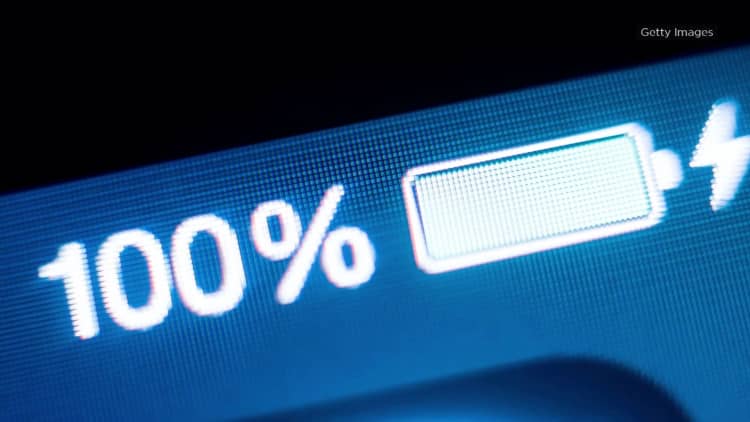Apple may imagine a world without cords and plugs, but it's having trouble making that vision a reality.
A year after announcing AirPower, Apple's wireless charging pad that can simultaneously charge your iPhone, Apple Watch and AirPods, the company has fallen mysteriously silent on its ambition to push forward a future of wireless power generation. It's now unclear if Apple will be able to keep its promise to release AirPower in 2018.
On Wednesday, the company announced its new iPhone lineup — the iPhone XR, XS and XS Max — but failed to give an update on the AirPower charger it unveiled exactly one year earlier. In fact, Apple didn't even mention wireless charging features for the new iPhones during the product showcase, and essentially all mentions of AirPower have been scrubbed from Apple's website.
Adding to the mystery, Apple declined to provide further details on AirPower's status. A spokesperson told CNBC that if a product wasn't announced on stage, then the company has nothing else to add. Meanwhile, Apple watchers have been speculating that Apple won't be able to make good on its 2018 deadline for AirPower's launch. John Gruber, who covers Apple on his website Daring Fireball, tweeted that Apple's silence speaks volumes, and the company is likely struggling to make AirPower work as advertised (although he used more colorful language). In a later post on his website, Gruber said, "I wouldn't be surprised if it's been scrapped, and they just don't want to say so yet."
A year ago, Apple brought wireless charging to the iPhone for the first time, meaning you could rest your device on a charging pad to fill up the battery without plugging in a cable. The feature works with third-party chargers that use the Qi (pronounced: CHEE) standard for wirelessly charging gadgets. Apple also provided a sneak peek at AirPower, claiming that it would help spur wide adoption of wireless charging for more gadgets across the industry.
"We also think we can make the wireless charging experience even better," Phil Schiller, Apple's senior vice president of marketing, said when he announced AirPower during the 2017 iPhone X event. "It might help move the entire industry forward."
The major benefit to AirPower, Schiller said, was that owners of multiple Apple gadgets would no longer have to lug around a different charger for each device. AirPower also enables software on the iPhone so you can monitor the charging status of each device being charged.
Of course, Apple has plenty of 2018 left to get AirPower out before its own deadline, but the fact that the company has clamped down on its messaging around wireless charging and removed most mentions of AirPower from its site is a strong signal that it has a lot more work to do to get things working properly.
If we don't see the gadget this year, it would be the latest missed deadline on the product front. Last year, Apple failed to launch its HomePod connected speaker in December and pushed the released to February of this year. In 2016, it also delayed the release of AirPods, the wireless earbuds for the iPhone. AirPods were supposed to go on sale in October of that year, but ended up hitting the market in December.
— CNBC's Todd Haselton contributed to this report.



